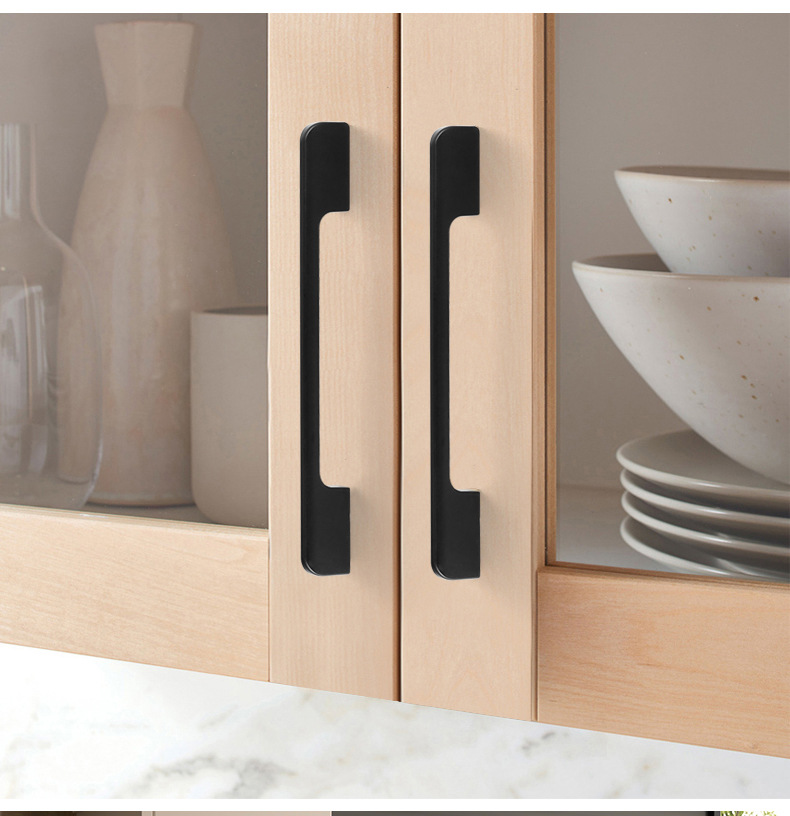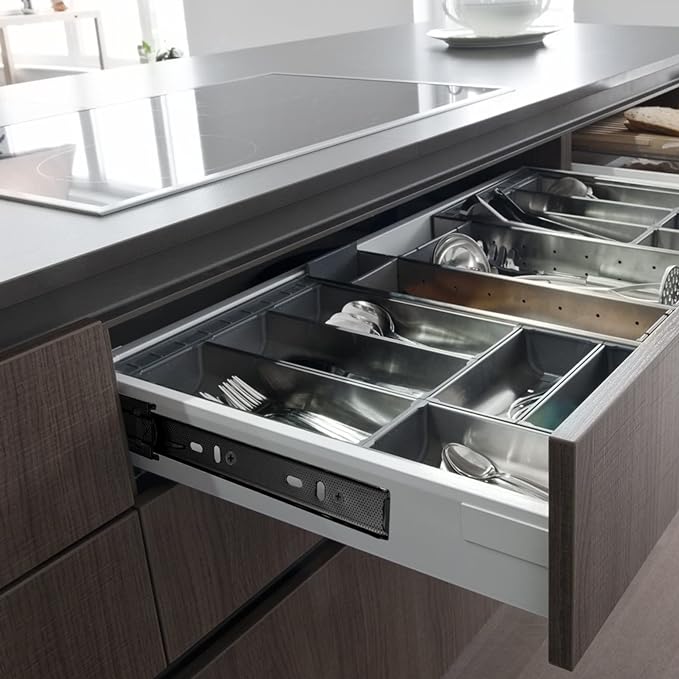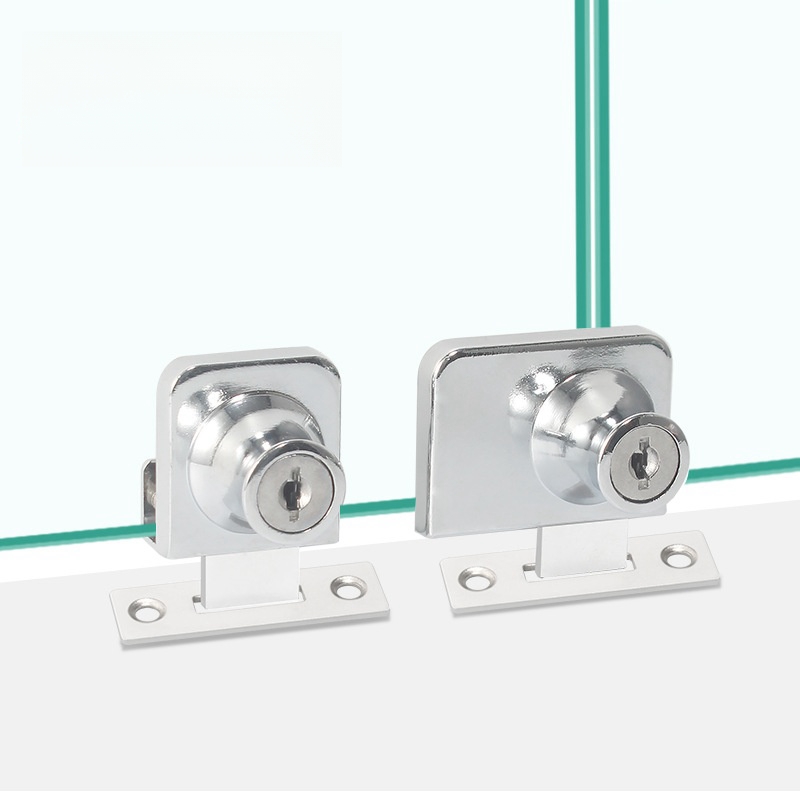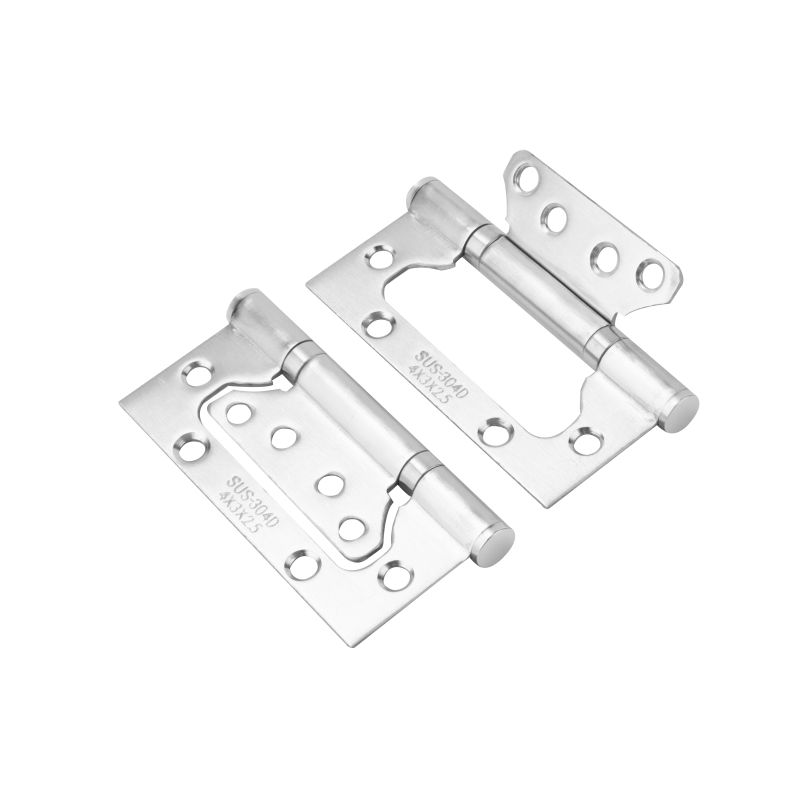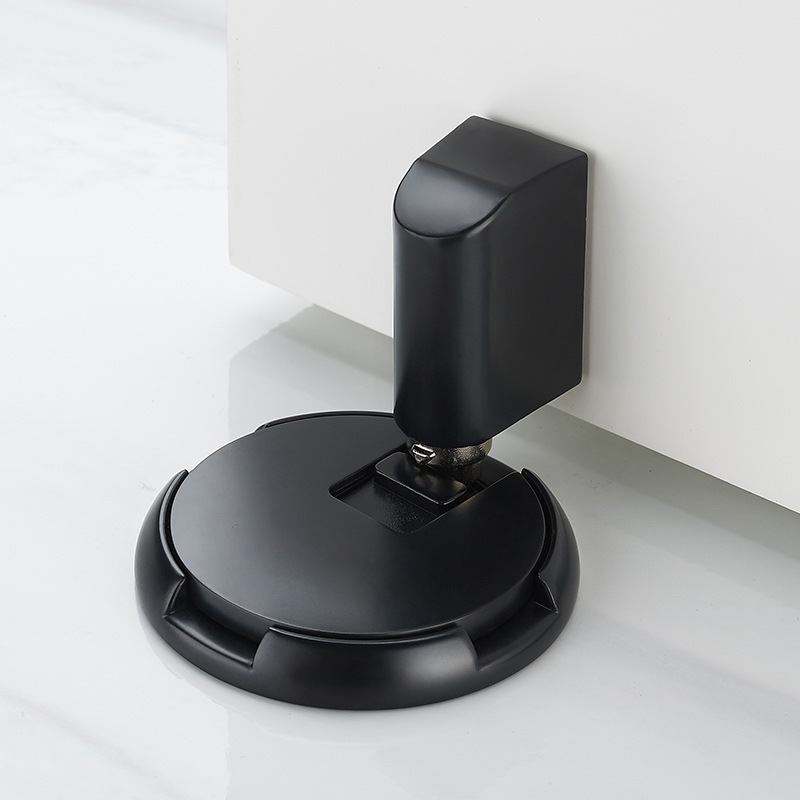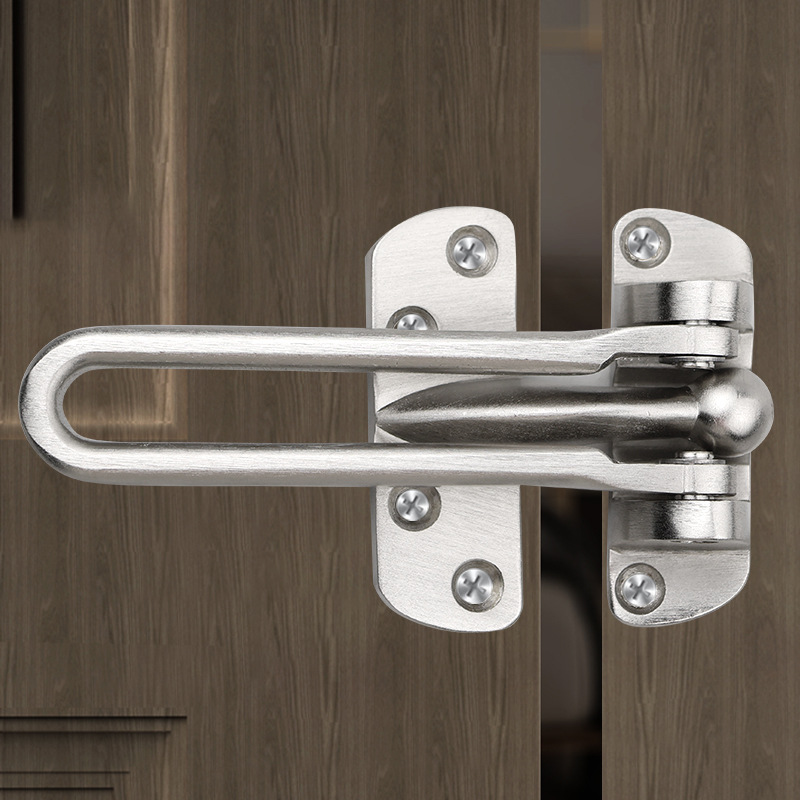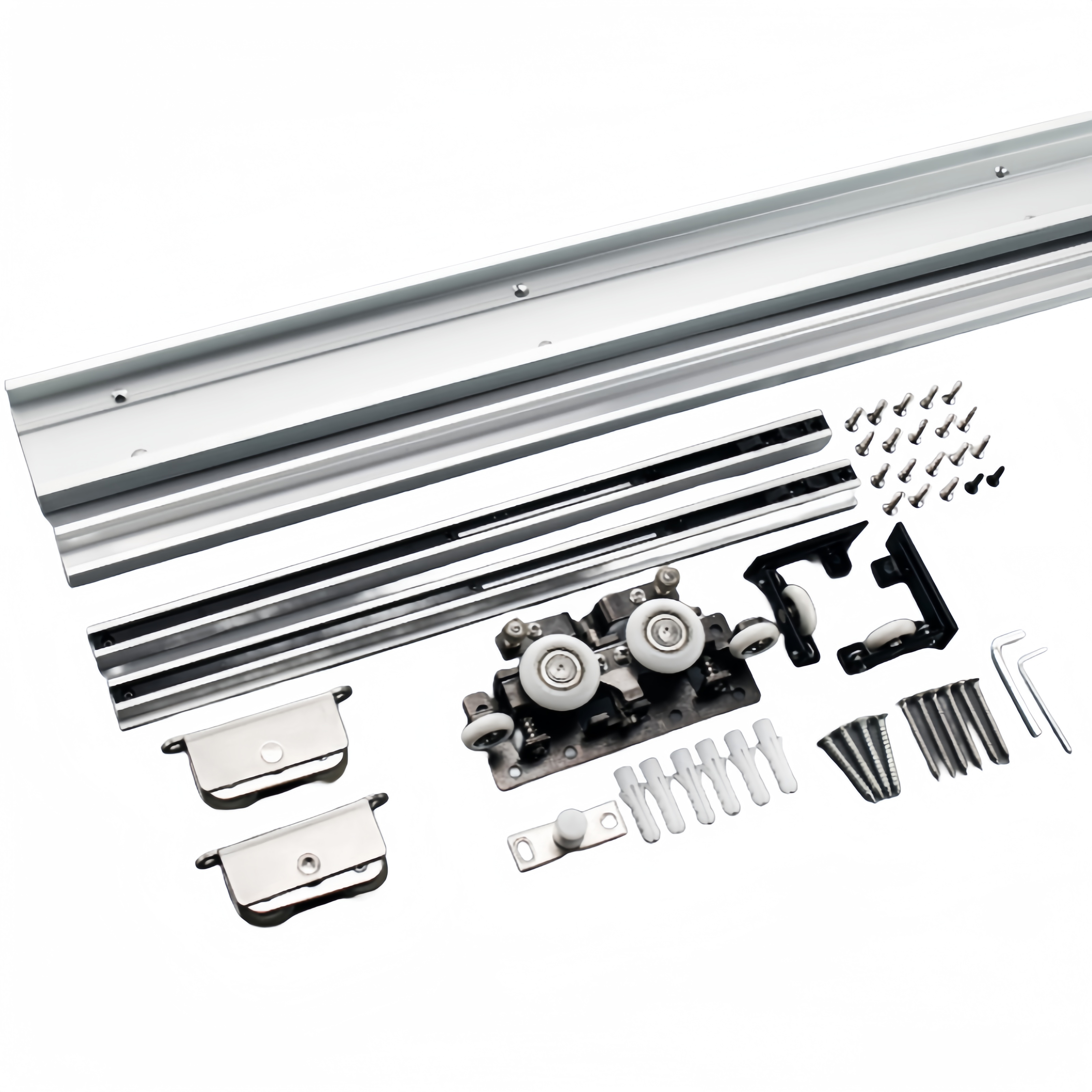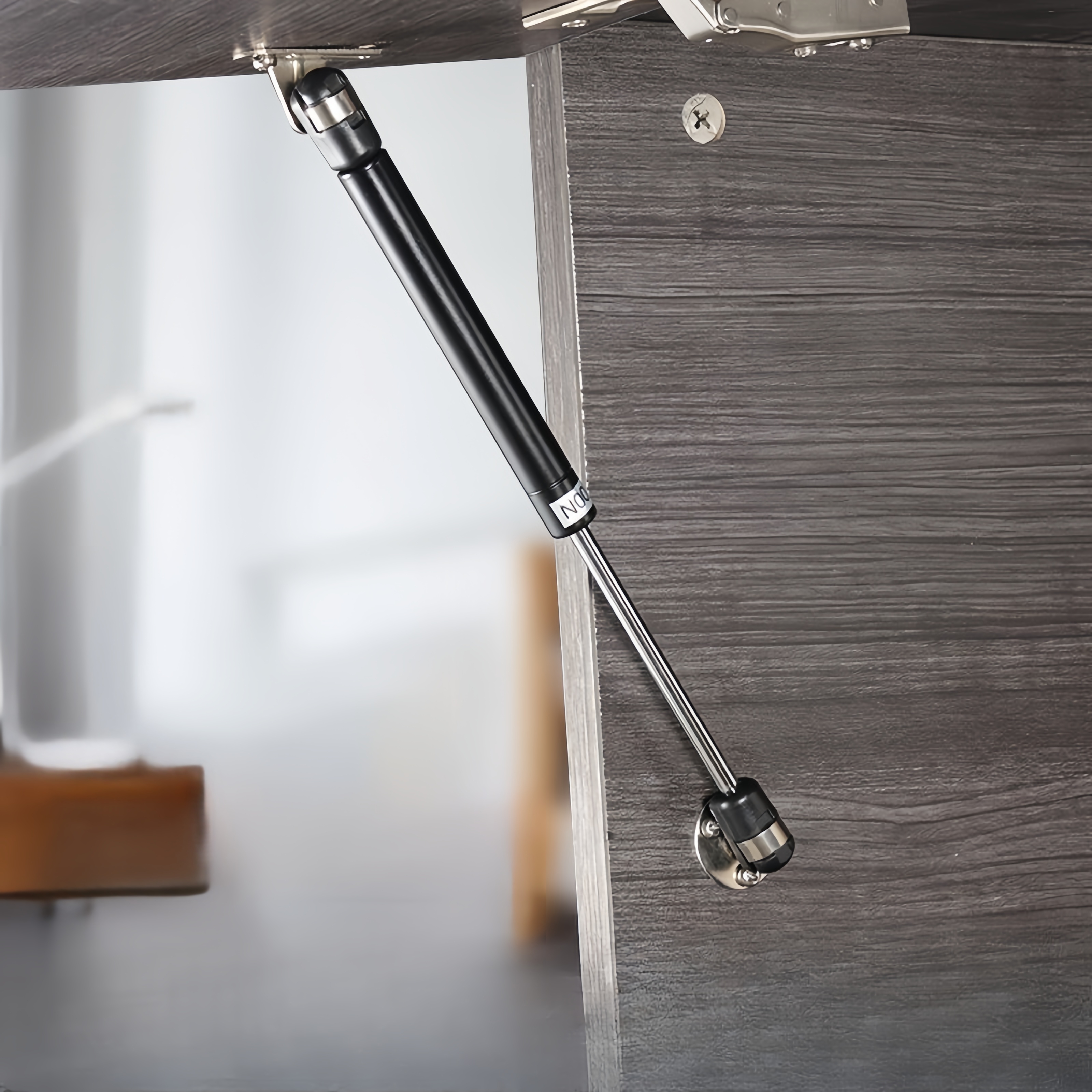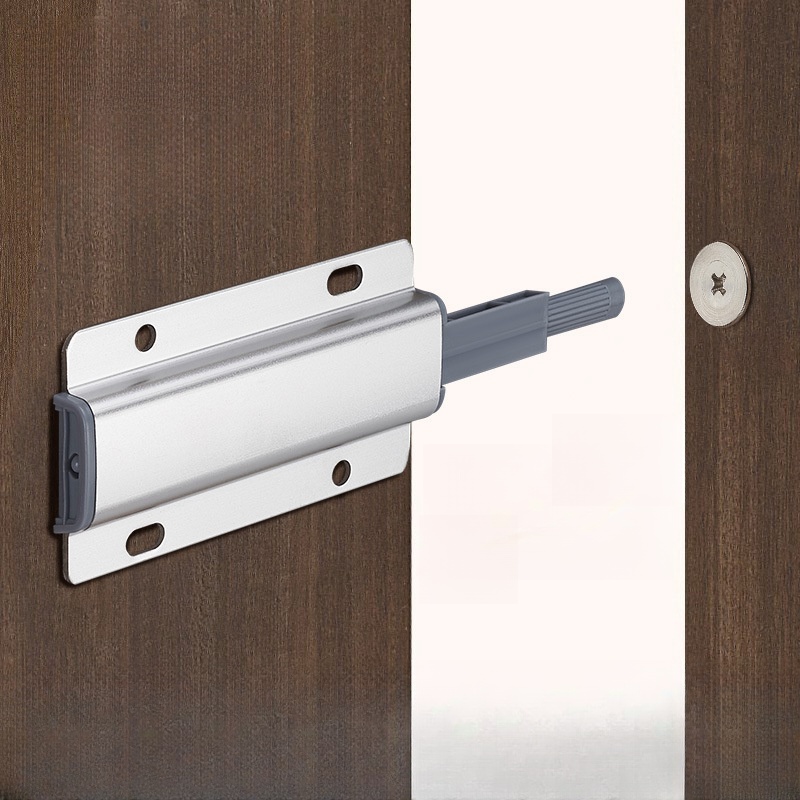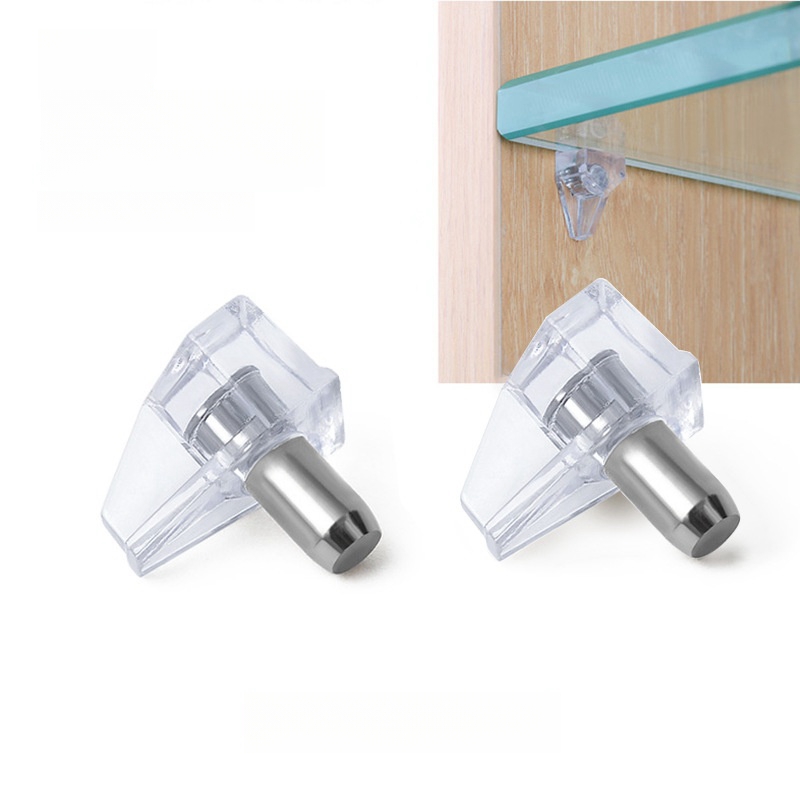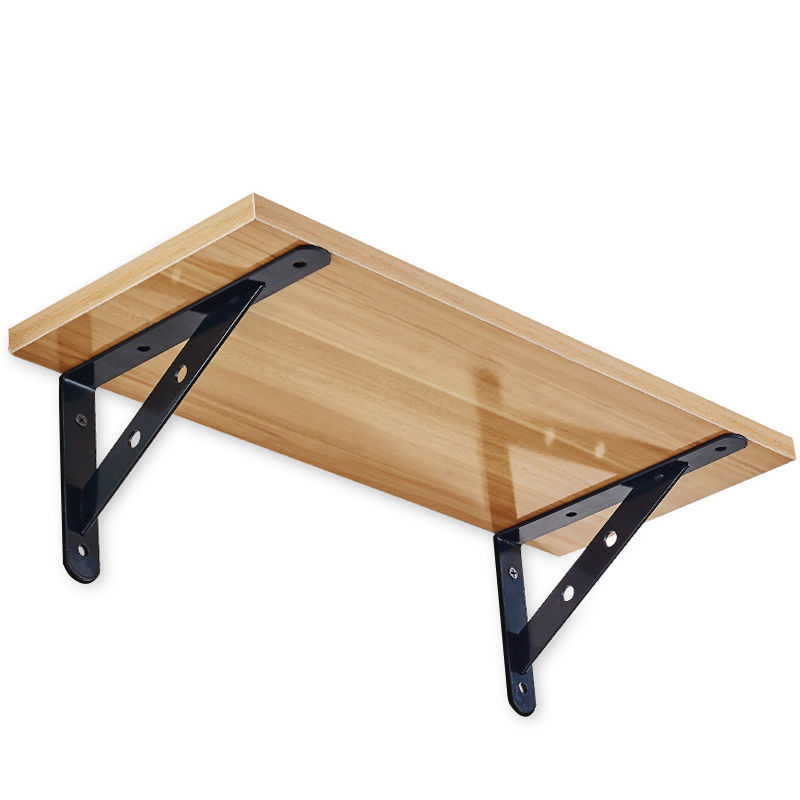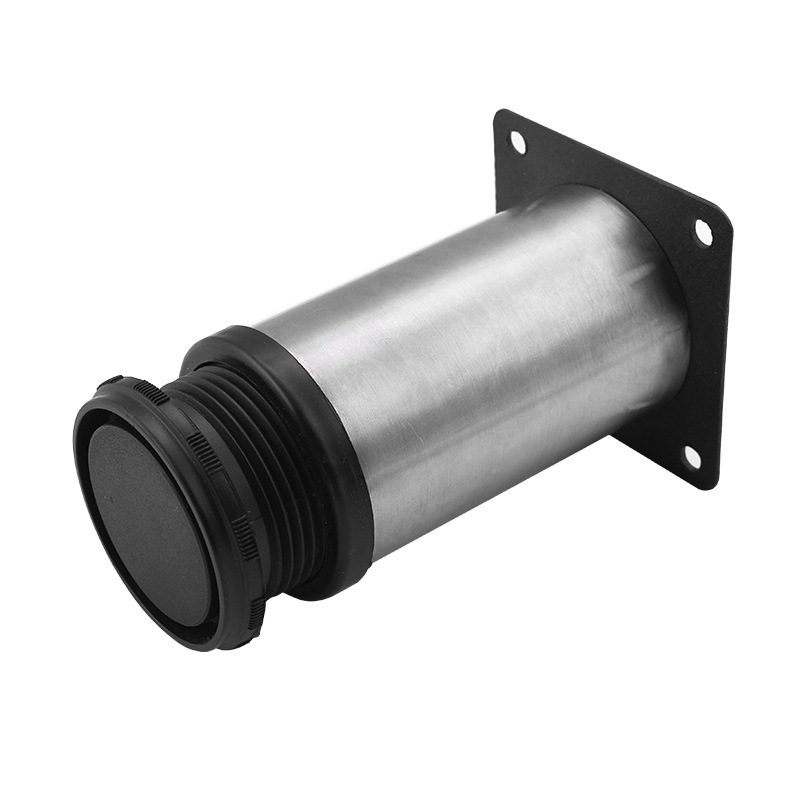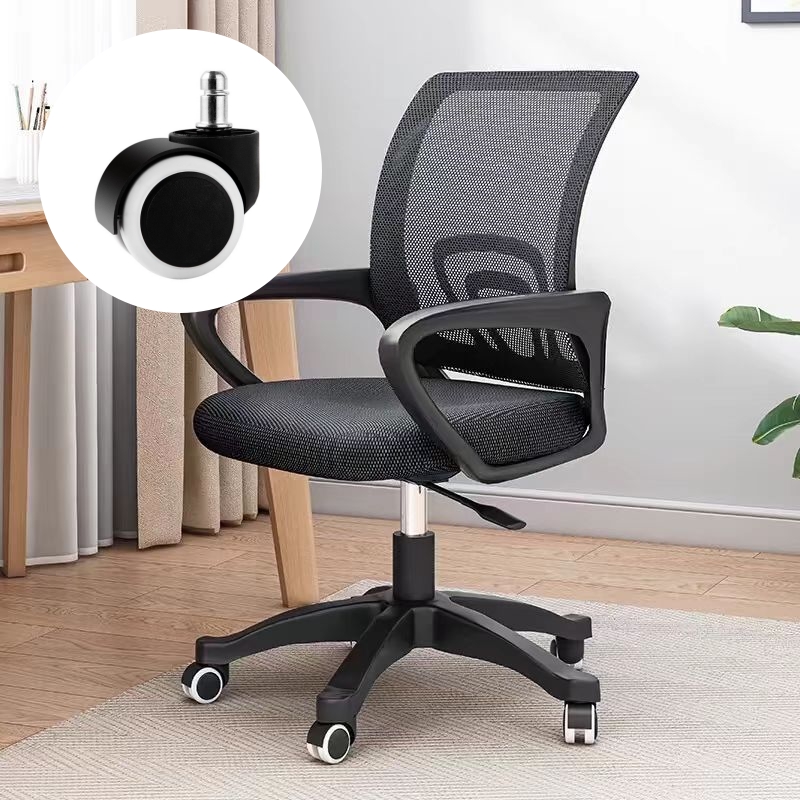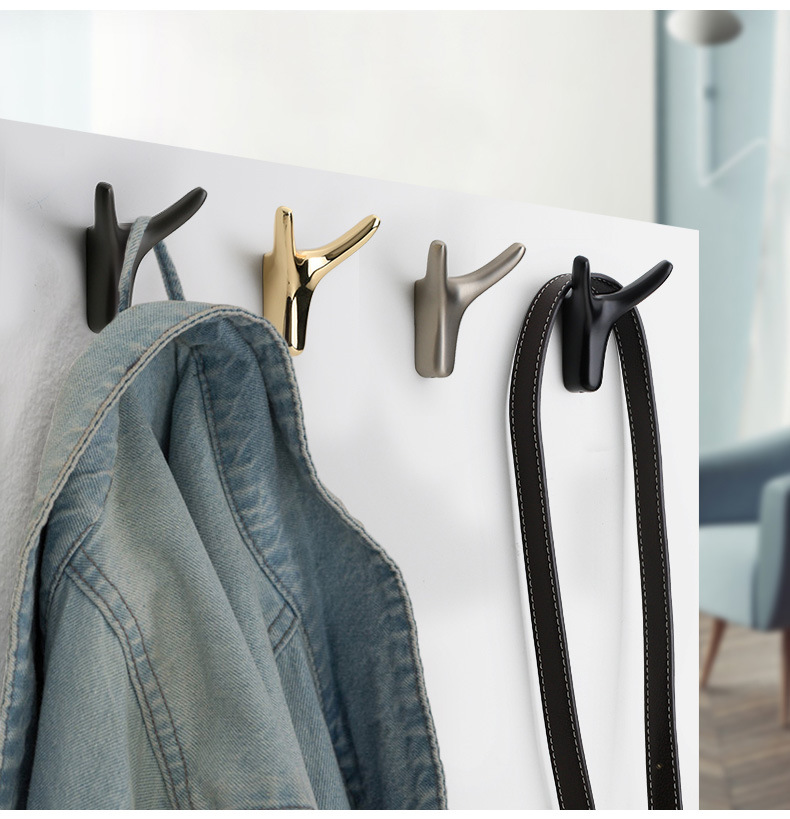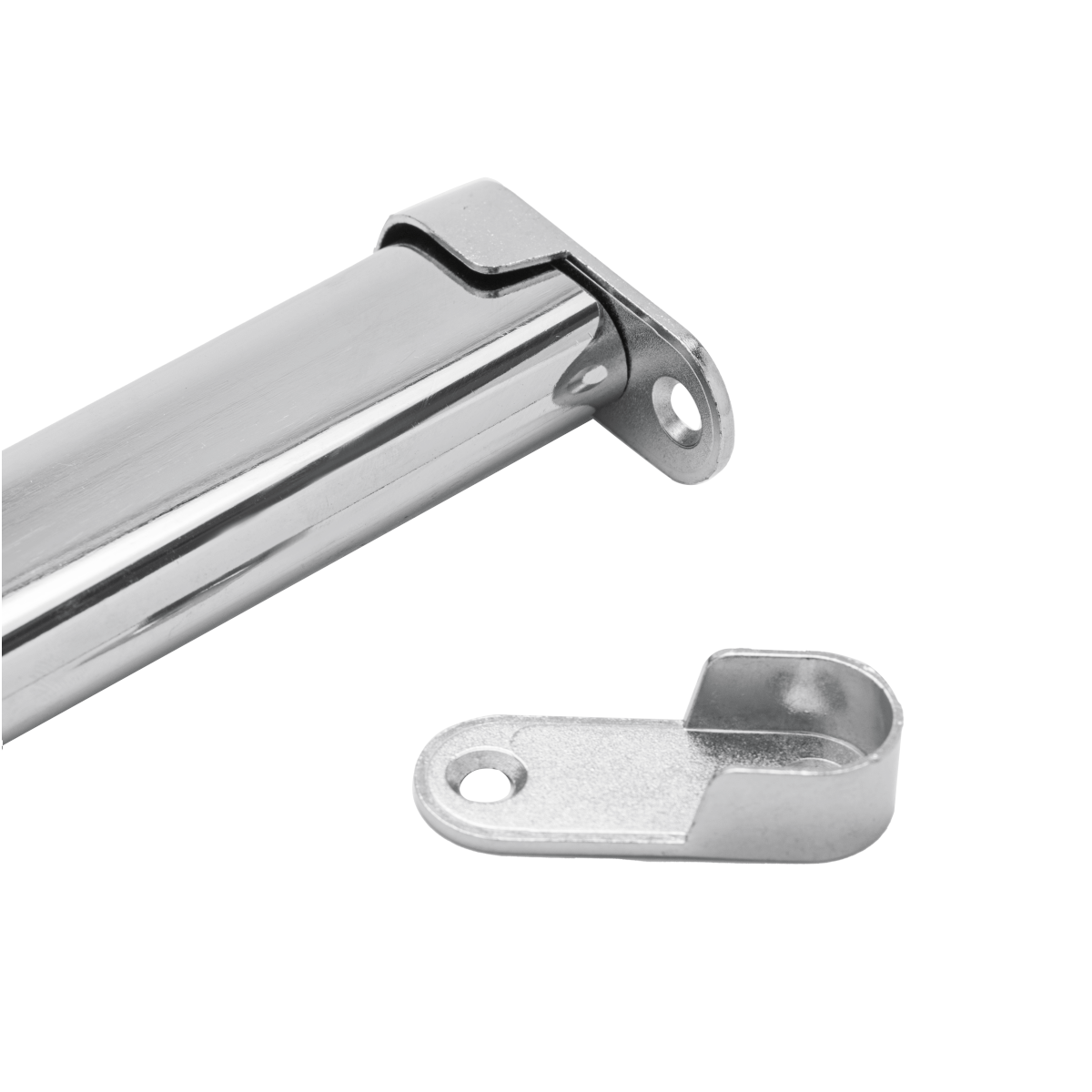
ABOUT
Guangzhou Toplink hardware Co., Ltd specialized in the production and export of furniture hardware fittings, with an experience of more than 14 years.
Our main products are drawer locks, cabinet hinges, sliding rails, cabinet handles, casters, cabinet legs and connecting fittings etc..
With a complete range of products, excellent performance and reasonable prices we have built up business with many customers all over the world.
We are committed to strict quality control and considerate customer service. We sincerely looking forward to becoming your best choice and the most reliable partner!
PRODUCTS
overhead garage door hardware parts
The Roller System: The Foundation of Movement
The rollers are the unsung heroes of the overhead garage door system. These small but crucial components bear the weight of the door and facilitate its smooth movement along the tracks. They are typically made of steel, nylon, or a combination of both materials, chosen for their durability and resistance to wear and tear. Nylon rollers, for instance, offer quieter operation, while steel rollers are generally more robust and can withstand heavier loads. The quality and type of rollers significantly impact the longevity and efficiency of the garage door. Worn or damaged rollers can lead to noisy operation, binding, and even derailment of the door.
The rollers are mounted on brackets that attach to the door panels. These brackets, also subject to wear and tear, play a crucial role in keeping the rollers aligned and functioning correctly. Regular inspection of both the rollers and their brackets is essential. Look for signs of wear, such as flattened or cracked rollers, loose brackets, or excessive play. Replacing worn or damaged rollers promptly prevents further damage to other parts of the system and ensures continued smooth operation.
The track itself is another critical component of the roller system. This usually steel or aluminum track guides the rollers and provides the pathway for the door's movement. A misaligned or damaged track can throw off the entire system, leading to binding and potential derailment. Maintaining the track's cleanliness and alignment is crucial for optimal performance. Regular cleaning and lubrication can prevent rust and ensure smooth roller movement.
Springs and Cables: Powering the Lift
The springs and cables are responsible for counterbalancing the weight of the garage door, making it easier to open and close. Most modern garage doors utilize extension springs or torsion springs, each with its own unique characteristics and installation requirements. Extension springs are located on either side of the door, while torsion springs are mounted above the door on a shaft. Both types require significant tension and should only be handled by trained professionals due to the potential for serious injury.
The cables, usually made of galvanized steel wire, are wound around the springs and connected to the door. They transfer the force generated by the springs to the door, facilitating its movement. Broken cables pose a significant safety hazard, as the unbalanced door can become dangerously heavy and difficult to control. Regular inspection of the cables for signs of fraying, rust, or damage is vital. Damaged cables should be replaced immediately by a qualified technician.
Proper spring tension is critical for safe and efficient operation. If the springs are too tight, they can cause excessive strain on the system, leading to premature wear and tear. If they are too loose, the door will be heavy and difficult to lift manually, potentially leading to injury. Professional adjustment of the spring tension is typically required, as improperly adjusted springs can pose serious safety risks.
The Trolley and Track Assembly: Guiding the Door
The trolley assembly acts as the connecting link between the door and the springs and cables. This crucial component slides along the track, guided by rollers, ensuring smooth and consistent movement. The trolley's design varies depending on the type of garage door, but its primary function remains consistent: to transmit the force from the springs and cables to the door. A damaged or malfunctioning trolley can lead to uneven movement, binding, and potential derailment.
The track assembly, comprising upper and lower sections, guides the trolley and door along its designated path. The track should be straight and free of obstructions. Misalignment, bending, or damage to the track can result in the trolley derailing, jamming the door, and potentially causing significant damage. Regular inspection and cleaning of the tracks, as well as keeping them free from debris, are essential for ensuring smooth operation.
The relationship between the trolley and the track is fundamental to the garage door’s function. A misaligned track can quickly damage the trolley, and vice-versa. The interaction of these components showcases the intricate balance of forces involved in the operation of an overhead garage door. Regular maintenance and attention to detail are crucial in preventing costly repairs and ensuring safe operation.
Other Essential Components: Handles, Locks, and Safety Mechanisms
Beyond the main moving parts, several other components contribute to the safety and functionality of the overhead garage door. These include the handles, used for manual operation, which should be sturdy and securely attached. The locking mechanism, designed to secure the door in the closed position, plays a crucial role in home security. Regular inspection and lubrication of the locking mechanism ensures proper function and prevents issues.
Safety features, such as automatic reverse mechanisms, are crucial for preventing accidents. These mechanisms detect obstructions during closure and reverse the door's motion, preventing potential injury. Regular testing of these safety features is essential to ensure they remain operational. Ignoring these mechanisms can lead to serious accidents.
The overall condition of all these components – from the rollers to the safety mechanisms – determines the smooth and safe operation of the garage door. Regular maintenance, including lubrication, cleaning, and inspection, is key to extending the lifespan of the entire system and avoiding costly repairs. Ignoring routine maintenance may result in a compromised system, potentially dangerous for both users and property.
SUBSCRIBE
INQUIRY
